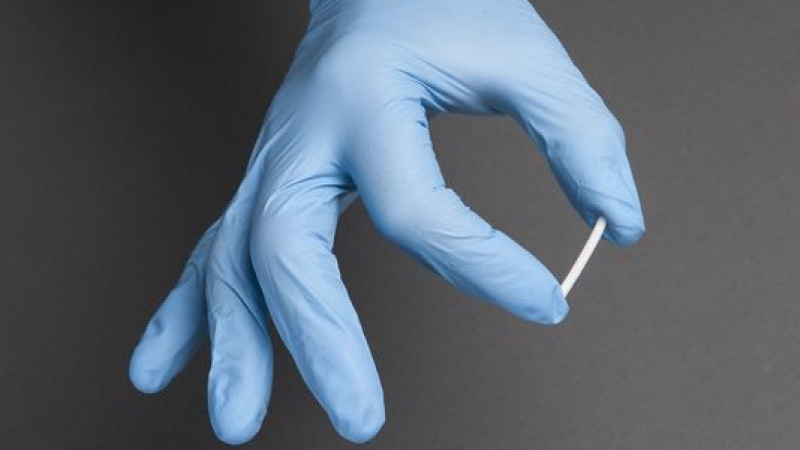
Dr. Nora Volkow was quoted in saying that the new medicine Probuphine (implantable buprenorphine) is a “game changer” for heroin addiction.
The implant contains the drug buprenorphine, a medicine meant to reduce withdrawal symptoms and cravings, but can also create dependence when taken too long. The medication is delivered over a period of 6 months, gradually releasing 8 mg or less into the blood stream.
While many addiction experts think this new form of harm reduction holds great promise, we see several detriments to Probuphine.
Drawbacks To Probuphine
First let’s start by saying, much like Suboxone, Probuphine alone is not enough. Without the proper clinical interventions and counseling needed to treat drug addiction, an addict will find sobriety to be very challenging. Simply taking a medication will not answer the problem.
Since Probuphine only requires patients to follow-up with their doctor once every six months, there is no guarantee that the patient is or would be staying on track with their recovery efforts. Without a 12-step fellowship or drug counseling in place, it is very difficult for a person to make the necessary life changes that sobriety requires.
Addiction is not only about what drug someone abused, but why they became addicted in the first place. Counseling and the 12 steps are the cornerstone to recovery. Addiction can not only be dealt with on a physical plane but on an emotional, mental and spiritual level as well.
Furthermore, if there are no follow-ups or drug screenings required while someone has this implant, they are at higher risk of abusing other chemicals. It would be especially dangerous to combine Probuphine with benzodizapines.
The mixture of these two drugs has the same negative effects as abusing opiates and benzos; increased likelihood of respiratory depression. Ironically, this increases the chances of overdose and death, the very reason the medication was created.
You may ask yourself, “What are the odds of someone using both drugs?” The chances are exponential. Between 2000 and 2010, the abuse of benzos and opiates increased by 570%.
Other detriments to Probuphine include physicians’ lack of surgical skills (something needed to properly implant and remove the medicine), limited training required to gain certification, divided care between physicians, and the dosage available. Some doctors prescribe more than 8 mg per day, so what happens then? Does the patient take Suboxone in conjunction with the implant, or do they seek out other drugs to feel better?
Implanting addicts with Probuphine is similar to putting a band aid on a gunshot wound.
Clearbrook Offers Another Solution
We understand how difficult it is to experience withdrawal symptoms from opiates and heroin and feel as though you have no way out. We have also witnessed the damage of prolonged Suboxone use and how difficult it can be to overcome. Nevertheless, there is another way. There is hope.
For over 4 decades, Clearbrook has helped thousands recover from the burden of addiction. We treat the 3-fold disease (spiritual, mental, physical) and in turn our patients find freedom. They no longer need to rely on a drug or medication to get through the day.
If you are struggling with heroin or opiate addiction, including buprenorphine, we can help. Not only do we offer a medically supervised detox process, but our treatment program will give you the necessary tools to maintain sobriety. Contact our Admissions Specialists today for further information.







